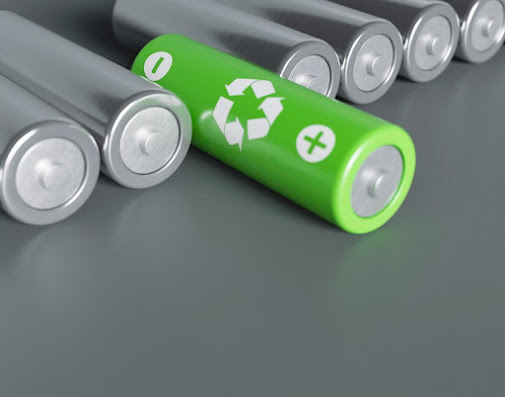Sustainable city & mobility: real alternatives for city dwellers?

Among the main axes of urban strategies in terms of defending the environment but also developing the attractiveness of the territory, we include that of mobility. Nationally in 2019, transport was already the leading sector emitting the most greenhouse gases (GHG) with around 31% of the national inventory. There is no doubt that to achieve the quality of a sustainable city or smart city , it is essential to develop the mobility offer towards a greener version. But how to do it ? What very concrete solutions are available to city dwellers wishing to reassess their behavior on the road? Alternative or green mobility, what are we talking about? First of all, a few reminders. The essence of alternative mobility is to change our use of polluting vehicles towards modes of transport that are less polluting, and therefore necessarily more “green”. By adopting more eco-responsible behavior, we effectively reduce our greenhouse gas emissions as much as possible and we mitigate – on our scale – ...





